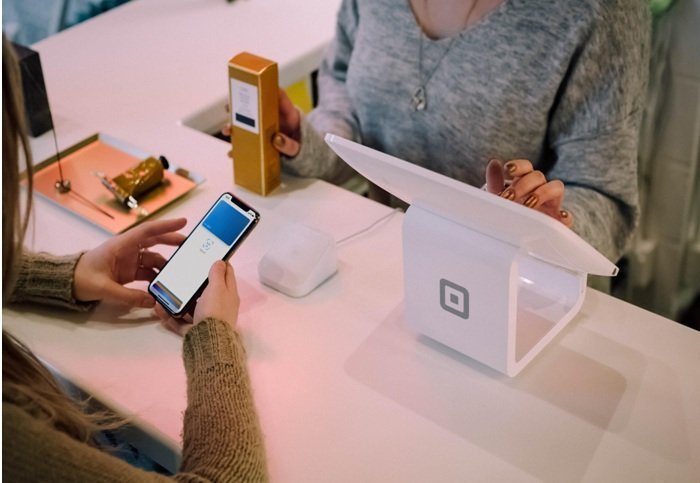Last February, Facebook turned 15. Anyone who signed up on the site more than a decade ago might have noticed how the social media site has changed from a place to simply post pictures and find friends online to a one-stop shop for everything we need.
Since 2009, Facebook has been the most widely used social networking service in the world. As of 2019, the social media giant has about two billion active users monthly, over half of whom log in daily. If the entire Facebook community was a country, it would be the largest nation on Earth in terms of population – even bigger than China.
Facebook offers services for nearly everything we want to do online from reconnecting with long-lost friends to interacting with local businesses, from keeping current with the latest news to speaking our minds. Now, this also includes making payments.
Social payment is the product of the natural progression of fintech. In 2017, payment was the most in-demand service from tech startups, as illustrated in a Carsurance infographic.
Fast-forward to the present day, social payment is now becoming a part of our online routine. This form of P2P payment is changing how we spend money and is disrupting how banking works yet again.
Despite being such a revolutionary innovation, social payment should be bigger than what it is now. Nobody could question its main advantages – convenience and affordability – but there is no denying that it is not growing as fast as one might imagine. Below are the biggest challenges limiting the pervasiveness of social payment.
- Security
Tech experts fear that social payment could become a “golden ticket for hackers.” Linking social media accounts with banking credentials could make cyber attacks financially devastating to ordinary people.
Creating a strong password will not suffice in keeping critical personal information from getting into the wrong hands. Users of social payment services, including Google Pay Send and Apple Pay, must exercise vigilance through regularly monitoring their banking activity to spot unauthorized transactions and potential cases of identity theft.
But then again, paying through social channels is arguably less risky than swiping a credit card. While security will always be a concern when using the internet, many electronics these days are equipped with sophisticated safety features relying on biometrics for user verification that can’t be easily acquired by casual thieves.
Social payment eliminates the need for physical cards or entering sensitive personal details to process transactions. A savvy user could go outside to buy stuff or to transfer money to a friend during dinner with a single Internet-of-Things device without a wallet.
- Adoption
P2P payment platforms have been rather secretive about their user bases until recently. In April, PayPal’s Venmo proudly boasted its 40 million yearly active users, which dwarf Square’s 15 million monthly active Cash App users. Considering that the social payment technology is still young, those disclosed numbers are not too bad.
Furthermore, Venmo saw payments worth $62 billion in 2018. Zelle – the service developed by major financial institutions including Wells Fargo, Bank of America, and JP Morgan Chase – moved almost twice as much money as its more popular counterpart with $119 billion.
Millennials are the primary target of Venmo, positioning itself as the go-to social payment solution for sending and receiving money between friends for everyday activities like splitting a bar tab. Older and wealthier users, especially baby boomers, gravitate toward Zelle to process bigger transactions such as wedding gifts, parental loans, and spousal maintenance payments.
But not all P2P apps are as successful as Venmo and Zelle. Despite its massive global reach, Facebook, took a step backward in promoting its social payment solution through Messenger.
After rolling it out in the United Kingdom and France, Facebook broke the news about the discontinuation of its service in Europe effective June 15 of this year.
Focusing Facebook’s strategy on developing countries might not work either. Although a ton of remittances flow into these regions from different parts of the world, significant percentages of their populations are unbanked.
Newer P2P platforms might struggle to win over consumers, especially when their relatives and friends are already using other social payment solutions. It takes two to do a transaction, so entering the market without having the existing network of an established internet company could be a suicide mission.
- Profitability
Facebook did not clarify why it’s planning to withdraw its social payment service in the coming months, but lukewarm acceptance in the UK and France could explain it.
The revenue the company generated from payments and other fees in Europe in the fourth quarter of 2018 was only $64 million. In comparison, it made more than $4 billion in advertising in the region during the same period.
Venmo, while it takes pride in its market share, has yet to make any heart-stopping profit growth. Despite seeing its payment volume increased by 73% year-over-year in the first quarter of 2019, it still won’t be making money anytime soon.
- Regulations
Another factor slowing the growth of social payment is restrictions on international money transfers. Not all P2P platforms are allowed to let users move money outside their countries. As a consequence, the list of transactions that can be processed via a social payment service may be short and narrow.
For better or worse, governments have to step in to keep social payments from getting out of control. In September, Europe will increase the number of user identity checks through Strong Customer Authentication to help prevent fraud and to improve digital security.
As a service and business model, social payments will keep on evolving if consumers remain comfortable using it and if tech companies – as well as traditional financial institutions – continue to innovate. Who knows? The powers that be might could completely cut the connection between digital money and fiat currency eventually and promote crypto.
For now, the technology still has to mature quite a bit. Let’s continue to pay attention to see how social media will surprise us again.
 About Nick Galov
About Nick Galov
Nick Galov, Hosting Expert and Content Manager. Nick is on a mission to improve the world of web hosting for some time now.
When he got the chance to contribute to the betterment of all kinds of software, he simply couldn’t say no. When not geeking it out, he enjoys lager and football.



















